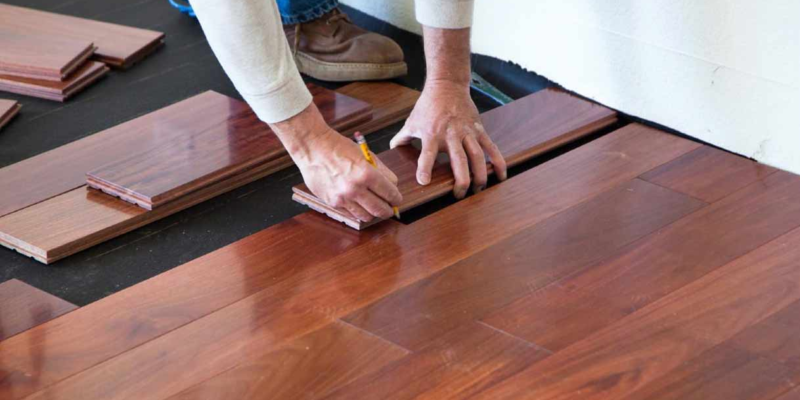There are four major types of flooring: Hardwood, Resilient, Tile, and Carpet. Each has its own pros and cons. In this article, we’ll talk about the pros and cons of each type of flooring. By the end, you’ll better understand which is right for your home. If you’re still unsure, read on to find out more about the four main types of flooring.
Hardwood
There are many reasons to choose hardwood flooring for your home. The oldest flooring material is also the most beautiful. This type of wood compliments any decor and style. It is renewable and sustainable and comes in a wide range of colours and grain patterns. It is a great choice for high-traffic areas, such as a kitchen, but it can also be expensive, so consider your budget before deciding on hardwood flooring.
The grade of hardwood flooring has many different characteristics but largely refers to the color of the wood. Clear and select grades are the cleanest, with fewer knots and less color variation than milkwood and cabin grades. You can choose a high or low-gloss floor based on your preferences and style. Low-gloss floors hide scratches better; high-gloss floors show them more. Edge details refer to the way the edges of the hardwood are cut. Common edge details are beveled, square, and micro-beveled.
Resilient
Resilient flooring is made from materials that are impervious to moisture, such as vinyl and ceramic tiles. Luxury vinyl tile is a cost-effective option that combines durable construction with fashionable surface designs. It can be glued down or click-locked into place. Luxury vinyl tile can show imperfections in the subfloor but is also water-resistant. Luxury vinyl tile is the fastest-growing segment of the flooring market. Luxury vinyl tile is also available in wood-look designs.
Resilient flooring comes in several types, including sheets, tiles, interlocking tiles, and clickable planks. Sheets and tiles are often installed with glue, but resilient flooring can be fastened with welding or nails. When installed correctly, resilient flooring can bridge minor imperfections in unfinished surfaces, such as dents. However, these benefits don’t outweigh the downsides of resilient flooring. You’ll want to take proper precautions with resilient flooring to avoid tearing or damage to your home.
Tile
When installed properly and with proper maintenance, tile can last 50 years or more. When choosing a tile, opt for grade one or higher, and choose a PEI rating of three or higher. Tile can be glazed ceramic, porcelain, or terra cotta, and is the most durable material. Unglazed tile should be sealed and additional treatments should be applied every three years. The life span of a tile floor can be extended significantly by using the right sealant.
Although tile is a low maintenance option, it is also waterproof. This material is a good choice in areas with moisture problems, such as bathrooms, basements, and kitchens. Tile can also be used on walls, countertops, fireplaces, and stairs. For exterior projects, tile is often the preferred material. It is also aesthetically pleasing and comes in many colors, including ceramic, porcelain, and glass. However, it can be tricky to distinguish between these four types.
Carpet
In many homes, carpet is still one of the most popular vinyl flooring options. Not only is it comfortable, but new technology means there are more stain-resistant varieties available. Carpet comes in a much wider variety of colors, styles, and patterns than any other flooring option. Here’s a closer look at some common carpet styles. They’re ideal for high-traffic areas, while also being extremely durable.
Wool: The natural lanolin in wool makes this type of fiber resistant to stains, and is naturally resilient. As a result, wool crushes less underfoot than other materials, such as nylon. Wool also offers comfort because it feels soft against your feet. Woolen carpet is the most popular type of carpet, and it’s available in carpet tiles as well. But it’s important to note that wool is expensive and may not be practical in high traffic areas.

Comments